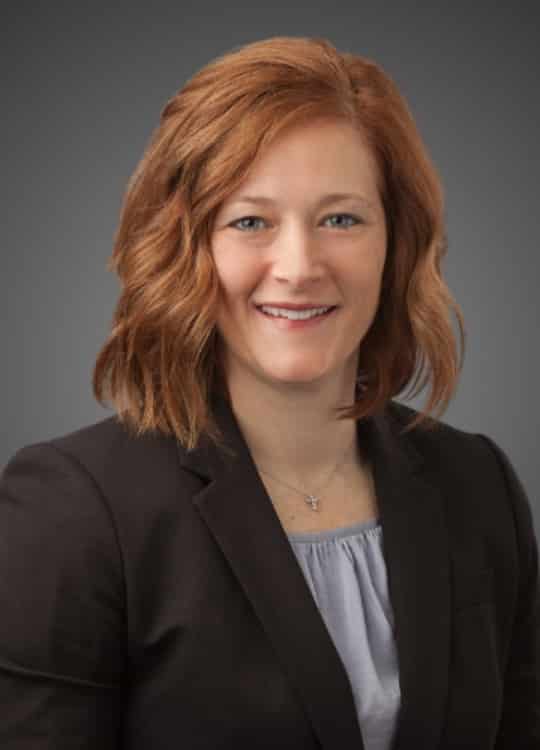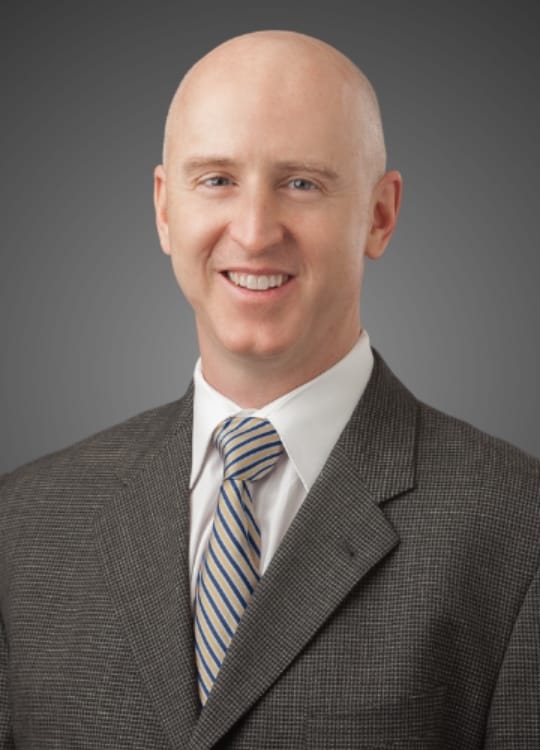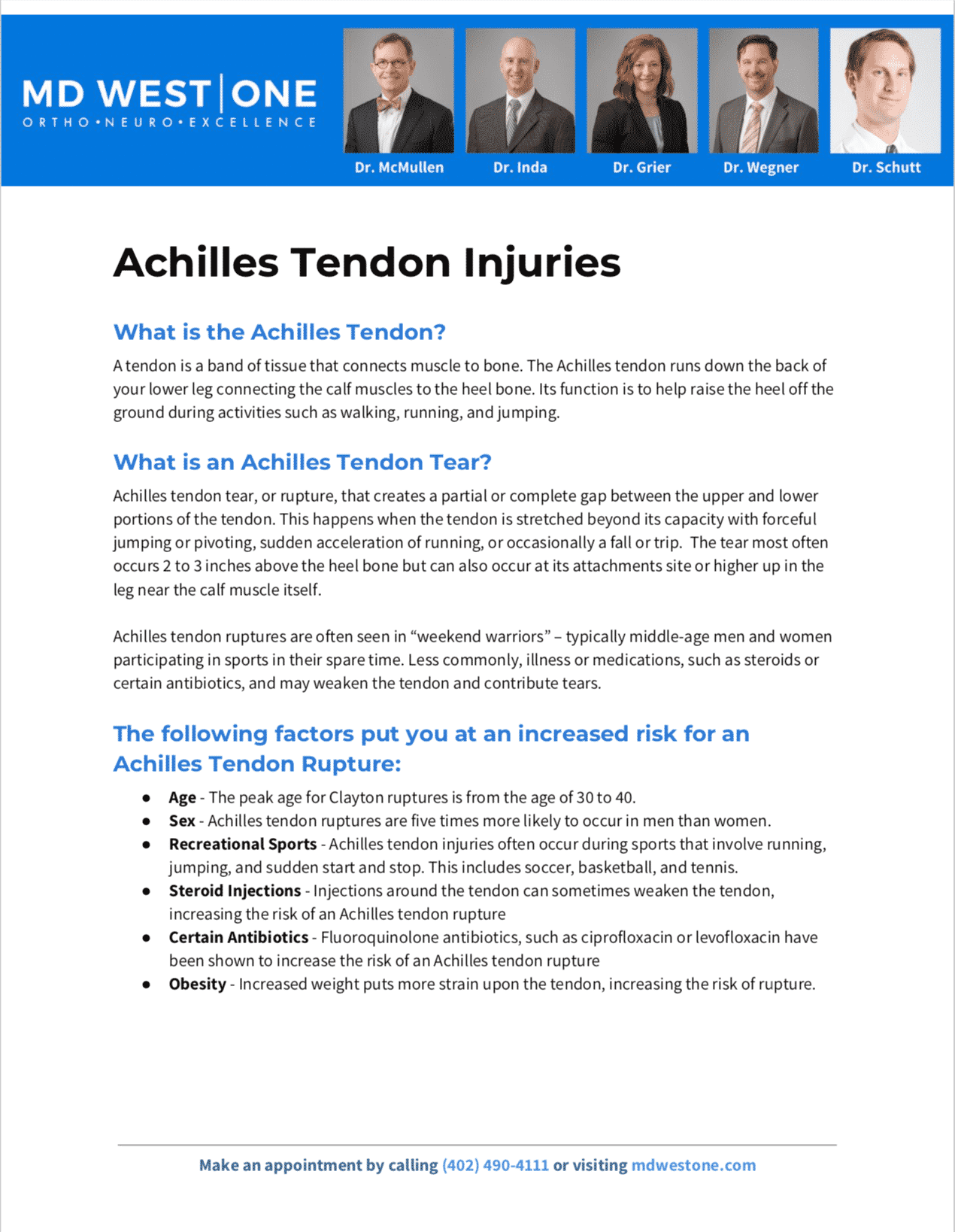Are you suffering from potential Clubfoot?
The Omaha Foot & Ankle Specialists at MD West ONE are able to properly diagnose and treat clubfoot through both surgical and non-surgical treatments. If you have the following symptoms, you may want to make an appointment with one of our Board Certified Specialists.
The most common sign of clubfoot is one or both feet turning inward. The foot faces the opposite leg. You may also notice that the foot has a:
- Kidney shape
- Deep crease on the inside mid aspect of the foot
- Higher arch than normal (called cavus foot deformity)
Other problems you may notice:
- A smaller calf muscle in the affected leg
- Shorter foot
- Ankle stiffness
- Lack of full range of motion in the foot
Meet MD West ONE's foot and ankle specialists and learn more about how they treat clubfoot.
Clubfoot Causes, Treatments & Surgery
What is Clubfoot?
Clubfoot, also called talipes equinovarus, is a birth defect that affects the foot and ankle. It is a congenital condition, which means that a baby is born with it. The foot or feet turn inward. When you look at the foot, the bottom of the foot often faces sideways or even up.
Clubfoot happens because of a problem with the tendons, the tissues that connect muscle to bone. The tendons in the baby’s leg and foot are shorter and tighter than they should be. That causes the foot to twist.
Extensive surgery used to be the main treatment to correct clubfoot. But today healthcare providers typically use a combination of nonsurgical methods and a minor procedure.
The following factors put you at an increased risk for Clubfoot:
Boys are up to twice as likely to develop clubfoot as girls are. Having a family history of clubfoot also puts the baby at higher risk.
Babies are also at higher risk if they have:
- Another birth defect, such as spina bifida or cerebral palsy.
- A genetic condition, such as Trisomy 18 (Edward syndrome).
A woman may be at higher risk for having a baby with clubfoot if she:
- Had oligohydramnios during pregnancy. This is a problem of not having enough amniotic fluid, the fluid that surrounds the baby.
- Had Zika infection during pregnancy, which can lead to birth defects and other problems.
- Smoked, drank alcohol or used illegal drugs during pregnancy.
Ways to Decrease The Risk of Developing Clubfoot:
Good healthcare before and during pregnancy gives your child the best chance for a healthy start in life. Even before you are pregnant, you may want to consider if a preconception checkup is right for you. During this visit, a healthcare provider makes sure you are as healthy as possible when you get pregnant.
If you are at high risk for having a baby with clubfoot or other birth defects, talk to a genetic counselor. A genetic counselor is an expert in birth defects and genetic conditions. And get checked for infections such as Zika virus. Treating infections before you become pregnant increases the chances for a healthy pregnancy and baby.
When you are pregnant:
- Make sure to go to all your prenatal care checkups.
- Protect against Zika.
- Do not smoke, use illegal drugs or drink alcohol.
DIAGNOSIS
Many times, a healthcare provider notices clubfoot when you are having an ultrasound during pregnancy. A prenatal ultrasound shows pictures of your baby in the uterus (womb). If your provider diagnoses clubfoot during pregnancy, you can start planning for the treatment your child will need after birth.
Other times, your provider may diagnose clubfoot after the baby is born. They will usually notice it during one of the baby’s first physical exams. In some cases, your provider may recommend an X-ray to confirm the diagnosis.
NON-SURGICAL TREATMENT OPTIONS
Healthcare providers recommend treating clubfoot as soon as possible. Early treatment helps the child avoid problems later. It is best to begin treatment during the baby’s first two weeks of life.
Your baby will likely need a team of providers to treat clubfoot, including a:
- Pediatric orthopedist, specializing in bone and joint problems in children.
- Orthopedic surgeon, who specializes in surgery for bones and joints.
- Physical therapist to help the child build strength and move the foot.
There are several methods for treating clubfoot. Your care team will discuss the options with you and figure out which works best for your child. Treatments include:
- Ponseti method, which stretches and casts the leg to correct the curve.
- French method, which stretches and splints the leg to correct the curve.
- Bracing, using special shoes to keep the foot at the proper angle.
- Surgery, which may be an option if other methods don’t work.
What is the Ponseti method for clubfoot treatment?
The Ponseti method is the most popular treatment method involving serial casting. It lasts about two to three months. Your care team will start this therapy within the first two weeks after birth.
An orthopedic surgeon performs this method. They will:
- Stretch the foot toward the correct position.
- Put the foot in a cast, which starts at the toes and goes all the way to the upper thigh.
- Repeat this process every four to seven days with a new cast. Each time, the surgeon moves the foot a little closer to the correct position.
Before the final cast, the surgeon typically performs an Achilles tenotomy. They:
- Cut the heel cord (the Achilles tendon) in a quick procedure. This tendon connects the heel to the calf muscles. The cut is small and won’t need stitches.
- Put on a new cast as the tendon heals, which takes about three weeks.
The goal of this surgery is to allow the tendon to grow to a typical length. When the last cast comes off, the tendon has reached a regular length. As your baby recovers, they may need to:
- Do stretching exercises so the feet stay in the correct position.
- Wear special shoes or a foot brace for a few years.
What is the French method for clubfoot treatment?
This method is similar to the Ponseti method, but it uses splinting and taping instead of casting. A splint is a device that supports and protects bones.
A physical therapist performs this treatment. They will start the treatment soon after birth. This treatment needs to be done every day rather than once a week. But you don’t need to return to the physical therapist each time. The physical therapist sees your child a few times a week and teaches you how to do the splinting and taping at home.
How to do the French method to fix clubfoot:
- Stretch the baby’s foot toward the correct position.
- Hold the foot in place using tape and splints.
- Repeat this process every day for two months.
- Repeat the process less frequently until the baby is 3 months old. (The physical therapist will tell you how often to do it).
Babies who undergo the French method often need an Achilles tenotomy as well.
After three months, you will likely notice improvement in your baby’s foot. To maintain the correct foot position and prevent clubfoot from coming back, parents often need to continue the regimen until their child is 2 or 3 years old.
How does bracing treat clubfoot?
Your care team may recommend bracing after your baby has finished the Ponseti or French method. Even if those treatments worked, the foot can move back to the incorrect position. A brace keeps the foot at the correct angle, so it does not move out of position. The brace is usually a pair of shoes with a metal bar connecting them. The brace is often called “boots and bar.” It is important to:
- Wear the brace every day for three months, then only at night or naps for typically four years.
- Follow the instructions carefully. If a child doesn’t wear the braces when they are supposed to, the foot may return to the clubfoot position again.
There are several types of braces. Your provider will discuss the options with you so you can find the right brace for your child.
SURGICAL TREATMENT OPTIONS
Sometimes, a child has severe clubfoot. Or you have tried nonsurgical methods, but they have not worked. Surgery can correct the problem. It is best if your child has the surgery before they start walking. During the procedure, the surgeon:
- Lengthens the heel cord and fixes other problems with the foot or feet.
- Places pins in the foot to correct the position.
- Puts a cast on the foot after the surgery.
A few weeks after the surgery, the surgeon:
- Removes the cast and pins.
- Puts a new cast on the child’s foot, which your child wears for about another four weeks.
- Removes the final cast.
There is still a chance the foot could return to the clubfoot position. Your provider may recommend bracing or special shoes to keep the foot in the correct position.
Frequently Asked Questions?
C
Clubfoot can come back. It is more likely to happen if the treatment schedule was not followed exactly. If the foot returns to the clubfoot position, see your healthcare provider. They can advise you on the next steps. You may need to repeat some stages of the treatment plan.
Ask your provider for a referral to an orthopedic surgeon who specializes in the Ponseti method. This treatment requires a high level of skill and expertise. If your care team recommended the French method, get a referral for a physical therapist who specializes in that method.
Other questions for your provider if your baby has clubfoot:
- When should my baby start treatment?
- What is the best treatment method for my baby’s clubfoot?
- How long will treatment last?
- Will my child walk normally?
- How can I prevent clubfoot from returning?
AMERICAN ORTHOPAEDIC FOOT & ANKLE SOCIETY
All of the foot and ankle surgeons in the practice are recognized members of the American Orthopaedic Foot & Ankle Society. It is the oldest and most prestigious medical society dedicated to the foot and ankle. The mission of the society is to advance science and practice of foot and ankle surgery through education, research, and advocacy on behalf of patients and practitioners. These physicians dedicate their time and energy to improving the patient experience and their knowledge in their field. For more information visit http://www.aofas.org.
MD West ONE Foot & Ankle Specialists:
The Foot & Ankle Specialists are all Board Certified and Fellowship-Trained, meaning they’ve focused their education, training and research on orthopaedic surgery of the foot and ankle.





